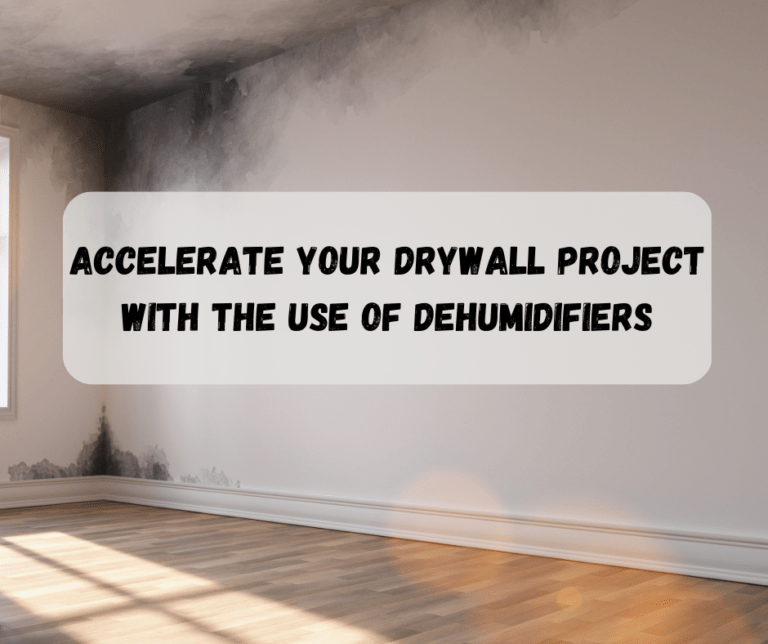sheetrock finish: What It Is – When to Use It – and Why It Matters
When I first started my journey as a drywall contractor, I struggled immensely with achieving that perfect finish. I remember one job in particular: a new construction home where the homeowner was adamant about a flawless look. I wasn’t equipped with the right tools or techniques at the time, which led to many frustrating late nights and a hefty amount of rework. Eventually, I learned that the sheetrock finish—especially a Level 5 finish—could save me countless headaches and elevate the quality of my work.
In this blog post, we’ll delve into what a sheetrock finish is, when to use it, and why it matters, all while leveraging the innovative tools available from companies like Level5 Tools, which offer a range of equipment designed to give you the edge in achieving the perfect drywall finish.
What is Sheetrock Finish?
Understanding Sheetrock Finishing Levels
Sheetrock finishing refers to the process of applying joint compound, also known as mud, to the seams and defects in drywall to create a smooth, even surface. The finish is categorized into six levels according to the quality of the finish expected. Here’s a brief overview of the levels:
- Level 0: No taping or finish work; used in temporary construction.
- Level 1: Taping done without finishing; typically used in areas not open to view.
- Level 2: Taped and coated, but not sanded; often used in workshops or garages.
- Level 3: Taped, coated, and sanded; suitable for surfaces that will be covered with a texture.
- Level 4: Taped, coated, sanded, and primed; perfect for surfaces to be painted with flat or low-sheen finishes.
- Level 5: The highest quality, where the surface is coated with a skim coat of joint compound for the utmost in smoothness and uniformity; ideal for high-gloss or reflective finishes.
Why Choose a Level 5 Finish?
A Level 5 finish is characterized by its flawless appearance, making it the most desirable finish for high-visibility areas. If you’re using a high-gloss paint or placing heavy lighting in a room, the imperfections from lower levels may become apparent once the paint goes on. The use of a Level 5 finish eliminates these concerns by using a skim coat of joint compound to ensure a smooth and level surface.
When to Use a Sheetrock Finish
Ideal Scenarios for Different Finishing Levels
Now that we understand the different levels of drywall finishes, let’s explore when to apply each:
- Level 0: Appropriate during preliminary construction phases.
- Level 1: Suitable for areas that won’t be seen, like utility rooms or the backside of drywall.
- Level 2: Great for utility areas where a rough finish is acceptable.
- Level 3: Ideal for spaces where a texture coat will be applied later, such as ceilings or low-profile walls.
- Level 4: Perfect for residential living areas, bedrooms, or offices where standard paint finishes will be used.
- Level 5: Essential for high-end custom homes, galleries, or anywhere that demands a perfect finish, especially under harsh lighting.
Understanding when to use these finishes not only fulfills aesthetic desires but also aligns with best practices for durability and energy efficiency.
Why a Level 5 Finish Matters
Benefits of Investing in Quality Finishing
Choosing a Level 5 finish has a variety of advantages:
- Visual Quality: Provides a sleek, professional appearance that boosts property value.
- Durability: A smooth finish can help hide imperfections and minimize the risk of cracking or peeling in the future.
- Versatility: Ideal for various design styles, from modern to traditional.
- Reduced Touch-ups: A better finish means fewer repairs down the line.
Tools to Achieve a Level 5 Finish
Achieving such a high-level finish requires the right tools. Level5 Tools offers an extensive range of tools designed specifically for drywall finishing. Here are some must-haves for achieving that perfect Level 5 finish:
- Skimming Blades: Level5 Skimming Blades are essential for applying that smooth coat of joint compound.
- Automatic Taper: This tool ensures accurate mud application to joints and can significantly speed up the finishing process.
- Flat Boxes: Using Flat Boxes allows for even distribution of mud across the seams, ensuring a consistent finish.
- Corner Finishers and Rollers: Corner tools, such as the Corner Finisher and Corner Roller, help create sharp, defined edges on your drywall finishes.
- Joint Knives: Tools like the Joint Knife are great for smaller areas and detailed work where precision is required.
With these tools in your arsenal, you’ll be equipped to tackle even the most challenging drywall finishes.
Final Thoughts: A Commitment to Quality
Recognizing the importance of a sheetrock finish and committing to high standards can dramatically transform your drywall projects. Not only will it enhance the aesthetic appeal of your space, but it will also pave the way for long-lasting results. By utilizing tools from Level5 Tools, you can ensure that every job you undertake reflects your dedication to quality craftsmanship.
If you want to learn more about mastering the art of drywall finishes, consider checking out The Best Drywall Taping Techniques or explore Drywall Skimming Tips for a Flawless Finish. Which finishing level have you found most challenging? Share your thoughts in the comments below!


